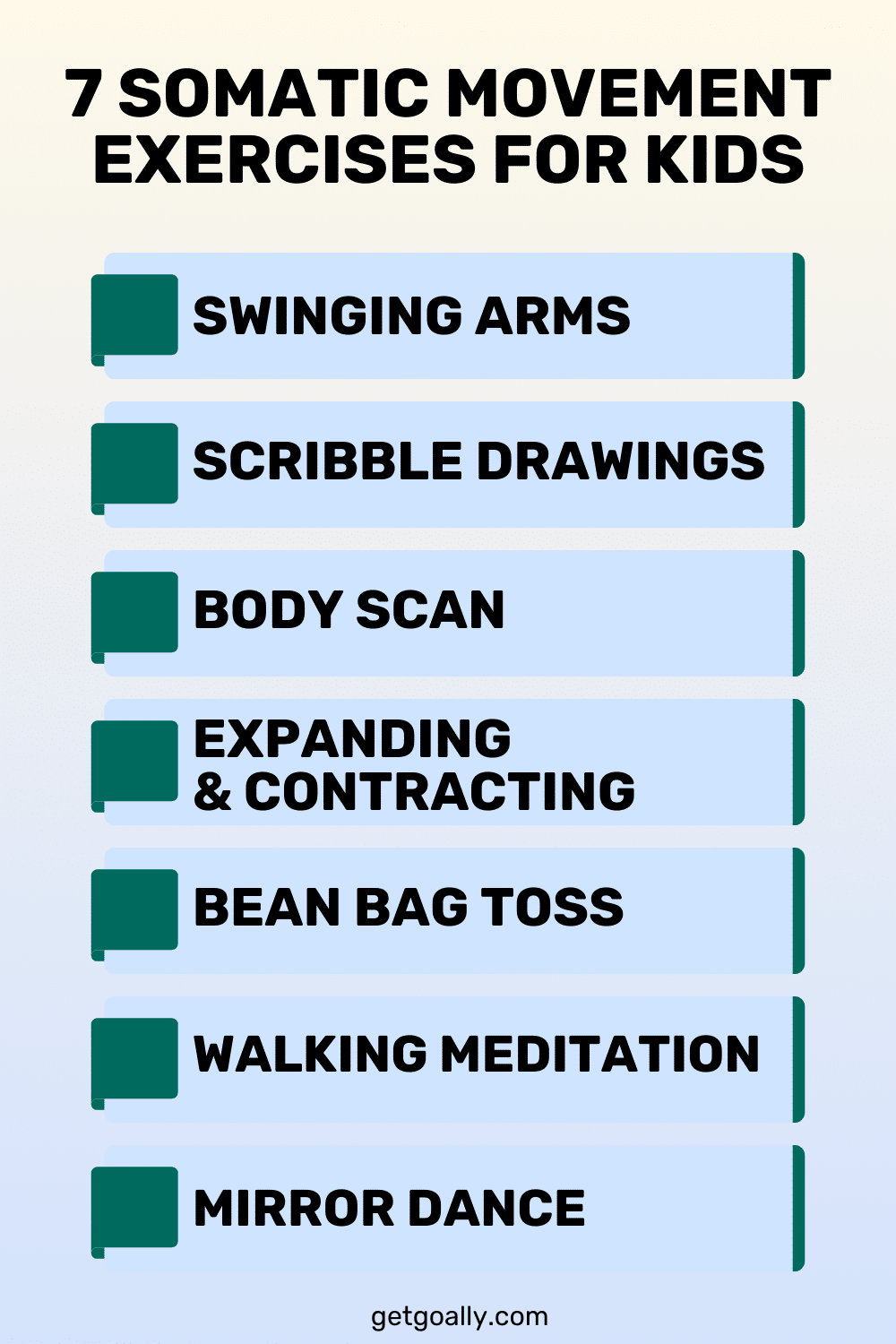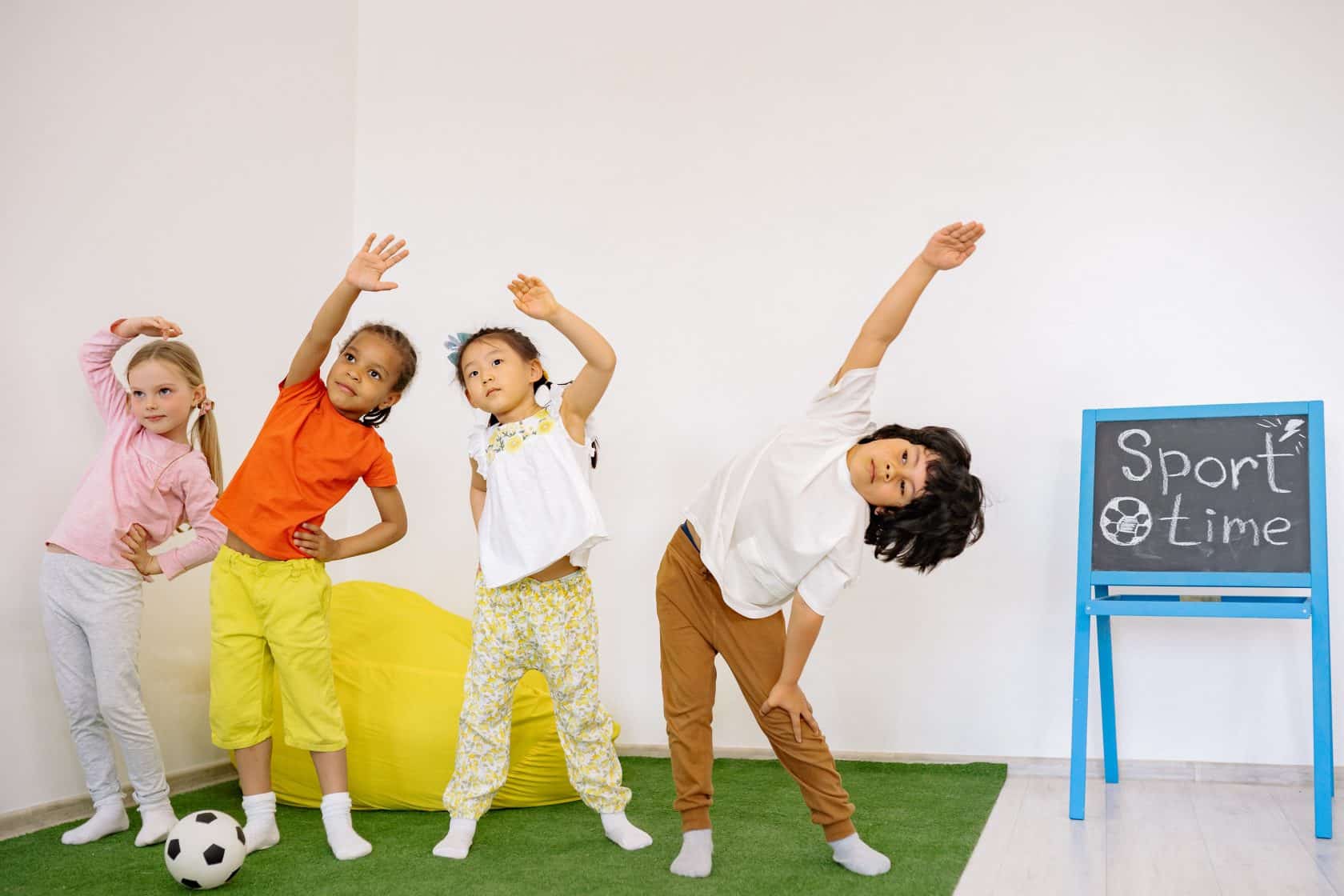Brain exercise works by providing mental stimulation and challenges that promote the growth of new neural connections. Here are some ways brain exercise can benefit kids with special needs:
- Enhances cognitive skills: Brain exercises can improve attention, memory, problem-solving, and processing speed.
- Promotes neuroplasticity: Engaging in mentally stimulating activities helps the brain adapt and form new connections.
- Supports overall development: Brain exercises can complement other therapies and interventions to support a child’s overall development.
| Brain Exercise |
Benefits |
| Puzzles |
Improves problem-solving and spatial reasoning |
| Memory games |
Boosts working memory and attention |
| Reading aloud |
Enhances language skills and comprehension |
Incorporating brain exercises into a child’s daily routine can help support their cognitive development and overall well-being. By providing mental stimulation and challenges, parents can help their kids with special needs build stronger, more adaptable brains.












